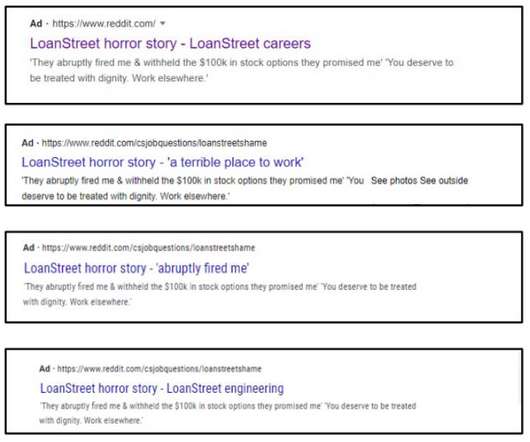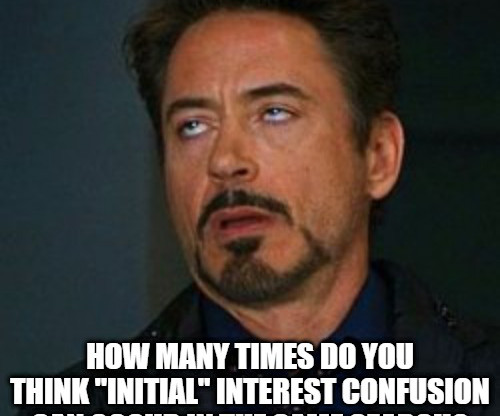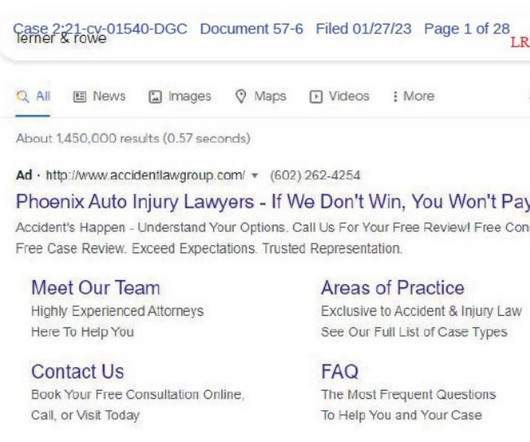Griper’s Keyword Ads May Constitute False Advertising (Huh?)–LoanStreet v. Troia
Technology & Marketing Law Blog
SEPTEMBER 9, 2022
” This definition of a service is an obvious tautology, and it’s also obviously in tension with the First Amendment. McNeil. * Three Keyword Advertising Decisions in a Week, and the Trademark Owners Lost Them All. * Competitor Gets Pyrrhic Victory in False Advertising Suit Over Search Ads–Harbor Breeze v.


















Let's personalize your content